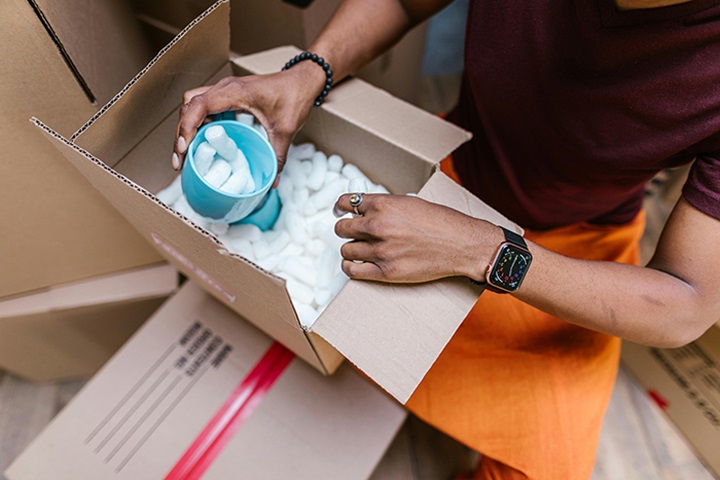Tim Weighart July 17, 2024
Despite being made from carcinogens, styrofoam is still prevalent today across the U.S. and around the world despite the risks. Credit: Pexels.com.

Dear EarthTalk: Styrofoam is terrible for the environment and hard to recycle but still prevalent across the U.S. What’s being done to phase it out? —Michael Brophy, Boston, MA
Plastic foam, better known under its brand name of Styrofoam, has been used for insulation, packaging and foodware (cups, takeout containers, etc.) for decades. Also known as expanded polystyrene, the foam is made from a carcinogenic chemical called styrene. The material remains prevalent today, especially in the food industry, as countless foodware products are still distributed globally.

The light weight and superior insulating ability of plastic foam makes it a convenient resource for the transportation of goods, but it is also a serious threat to many natural habitats. It can break apart and get picked up by the wind very easily, causing it to disperse rapidly across all kinds of landscapes. In 2022, the International Coastal Cleanup program picked up over 8.7 million plastic foam food containers globally, making it the seventh most common item collected that year. Seals, seabirds and fish tend to mistake the foam for food and eat it, often poisoning them due to the toxic chemicals in the foam. Styrofoam also cannot be properly recycled, though many people recycle it by mistake. As a result, it contaminates recycling efforts, making it more expensive to salvage than to simply manufacture new. The toxic chemicals that are coated on many foams may even harm people, and especially children.

Many governments around the world have taken measures to mitigate the risks. At present, 15 countries, 12 U.S. states and dozens of U.S. cities have banned the sale or distribution of plastic foam in food service establishments. Many citizens have also led successful anti-Styrofoam campaigns by contacting elected officials and educating the public about the benefits of alternatives. Major U.S. efforts to support a transition away from Styrofoam have also been made by organizations such as the Department of Environmental Conservation and Environment America. These efforts include enforcement of bans and education to assist food providers in finding new, affordable alternatives. Some exceptions are allowed for the use of plastic foam with mutual aid organizations and nonprofits who need cheap materials, but these communities have otherwise proven that we can run communities without using Styrofoam.
To assist in efforts to ban plastic foam, start by researching the status of plastic foam laws in your city, state or local community. Effective ways to implement Styrofoam bans include promoting alternative food containers, and bringing your own reusable containers to restaurants for your leftovers. Also, visit the Ocean Conservancy’s website to find out if there are any volunteer Coastal Cleanups near you.

CONTACTS
The Department of Environmental Conservation
EarthTalk® is produced by Roddy Scheer & Doug Moss for the 501(c)3 nonprofit EarthTalk. See more at https://emagazine.com. To donate, visit https://earthtalk.org. Send questions to: question@earthtalk.org.
